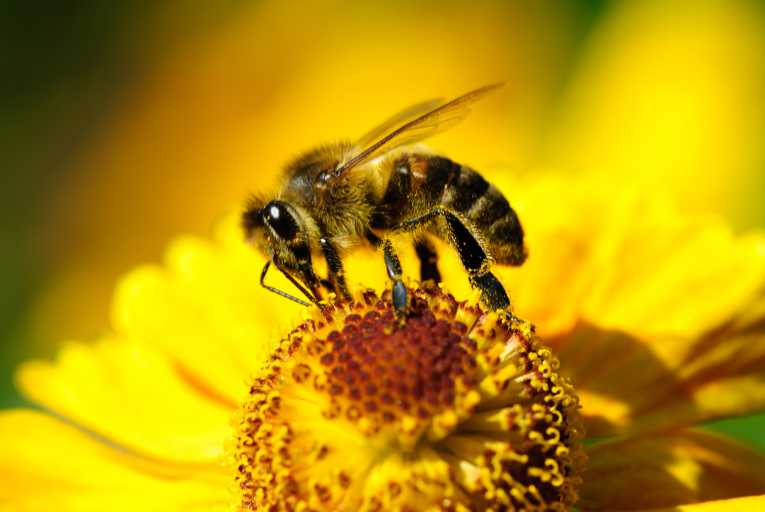The European Commission lays out 2020 biodiversity strategy to protect Europe's biodiversity. This follows the disappointing results obtained for the 2010 biodiversity plan and the new commitments made by the EU in Nagoya, Japan. The good news is that new strategy takes into account the services provided by nature, which often defy valuation and are increasingly threatened by competing claims on nature and its use.
Conserving biodiversity is about protecting the European economies, or as presented by the European Commissioner for the Environment Janez PotoÄnik during the launch of the new European biodiversity strategy, ''we are part of biodiversity, but we also depend on it for our food, for fresh water and clean air, and for a stable climate. It's our natural capital that we are spending too fast - and we all know what happens when we borrow beyond our means.''
The new biodiversity plan of the EU recognises the importance of biodiversity as our natural capital, that is the goods and services provided by nature, and importance of the latter for the well-being of our economies and society.
One service provided by nature is insect pollination, which reportedly has an estimated economic value of 15 billion euros per year in the EU. Pollination is an essential part in plant sexual reproduction, and entails the transfer of pollen (the male gametes) to the female gametes. This makes pollinators, most notably bees, but also other groups such as ants, beetles, moths and butterflies, and flies, crucial for ensuring crop yield and maintaining plant diversity. Thus, the continued decline in bees and other pollinators could have serious consequences for Europe's farmers and agribusiness sector.
The new strategy comes after the 2010 deadline for halting biodiversity decline was clearly not met.
As the communication for the launch of the new biodiversity strategy reports, current rates of species extinction remain unparalleled with species being lost 100 to 1,000 times faster than the natural rate, 60% of the world's ecosystems are degraded or used unsustainably; 75% of fish stocks are over-exploited or significantly depleted and 75% of the genetic diversity of agricultural crops has been lost worldwide since 1990. An estimated 13 million hectares of tropical forests are cleared each year and 20% of the world's tropical coral reefs have already disappeared, while 95% will be at risk of destruction or extreme damage by 2050 if climate change continues unabated.
The 2010 target had been set by the EU in 2001, and subsequently the Conference of Parties to the Convention on Biological Diversity (CBD) also agreed to significantly reduce biodiversity loss by 2010, which was also declared the International Year of Biodiversity by The United Nations (UN).
The new strategy features six priority targets and actions to greatly reduce the current list of threats to biodiversity. These actions include:
a) Full implementation of existing nature protection legislation and network of natural reserves, to ensure major improvements to the conservation status of habitats and species.
b) Improving and restoring ecosystems and ecosystem services wherever possible, notably by the increased use of green infrastructure.
c) Ensuring the sustainability of agriculture and forestry activities.
d) Safeguarding and protecting EU fish stocks.
e) Controlling invasive species, a growing cause of biodiversity loss in the EU.
f) Stepping up the EU's contribution to concerted global action to avert biodiversity loss.
These actions are targeted at halting biodiversity loss and ecosystem services degradation in the EU by 2020 but also to ensure that its natural capital, or the ecosystem services nature provides, are protected, valued and appropriately restored by 2050.










